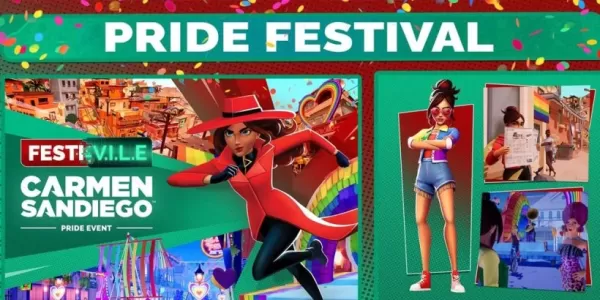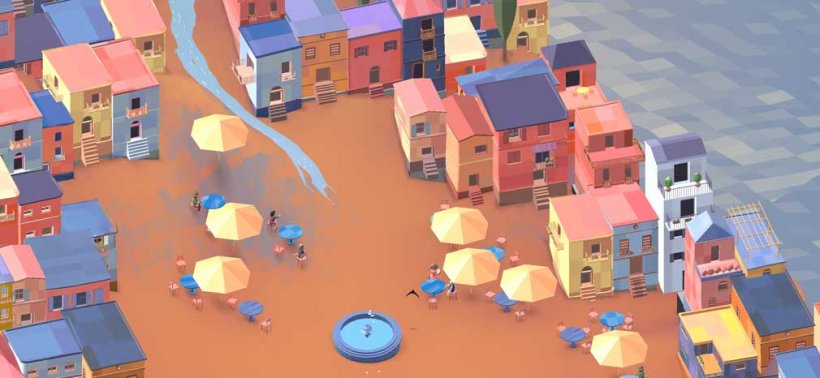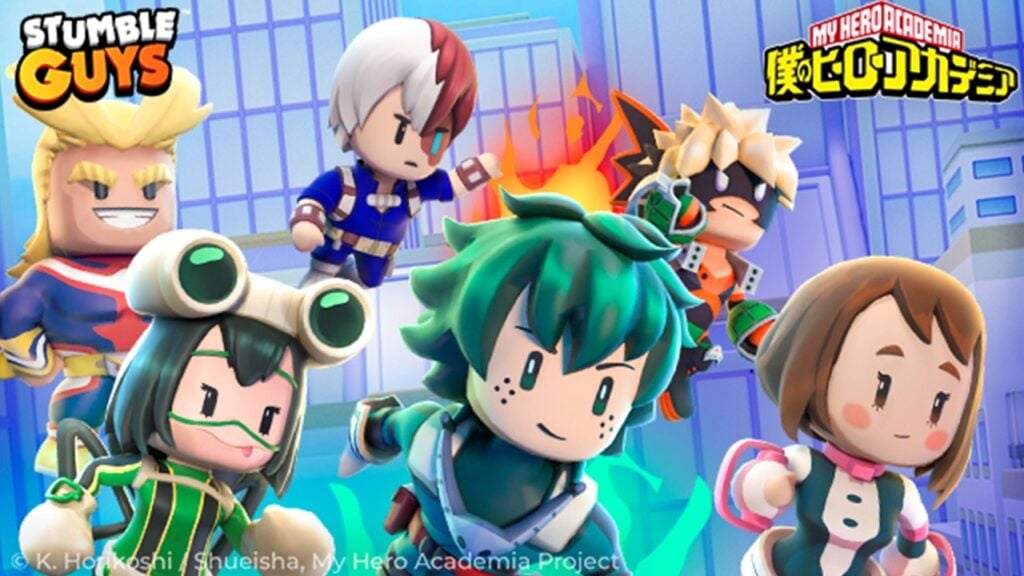Fortnite's Age in 2025 Revealed
- By Amelia
- May 05,2025
With Victory Royale after Victory Royale, it's easy to overlook just how long *Fortnite* has been captivating gamers worldwide. Initially launched as a zombie survival game, it evolved into a Battle Royale sensation, becoming a global phenomenon. Here's a comprehensive look at *Fortnite*'s history and its impressive age.
How Long Has Fortnite Been Around?
It might surprise you, but by July 2025, *Fortnite* will celebrate its eighth birthday. The game will undoubtedly mark the occasion with festivities that look to the future while celebrating its rich history.
The Full Fortnite Timeline
Save the World – The Birth Of Fortnite
*Fortnite* first hit the scene with *Save the World*, a survival mode where players teamed up to build defenses and fend off zombie-like creatures called "husks". This was the original vision for *Fortnite* before Epic Games ventured into the Battle Royale genre.
Entering the Battle Royale World
 The game's meteoric rise to fame came with the introduction of its Battle Royale mode. Unlike other Battle Royale games, *Fortnite* introduced a unique building mechanic, which played a pivotal role in its explosive growth and popularity within the gaming community.
The game's meteoric rise to fame came with the introduction of its Battle Royale mode. Unlike other Battle Royale games, *Fortnite* introduced a unique building mechanic, which played a pivotal role in its explosive growth and popularity within the gaming community.
The Evolution Of Fortnite Battle Royale
The Beginning
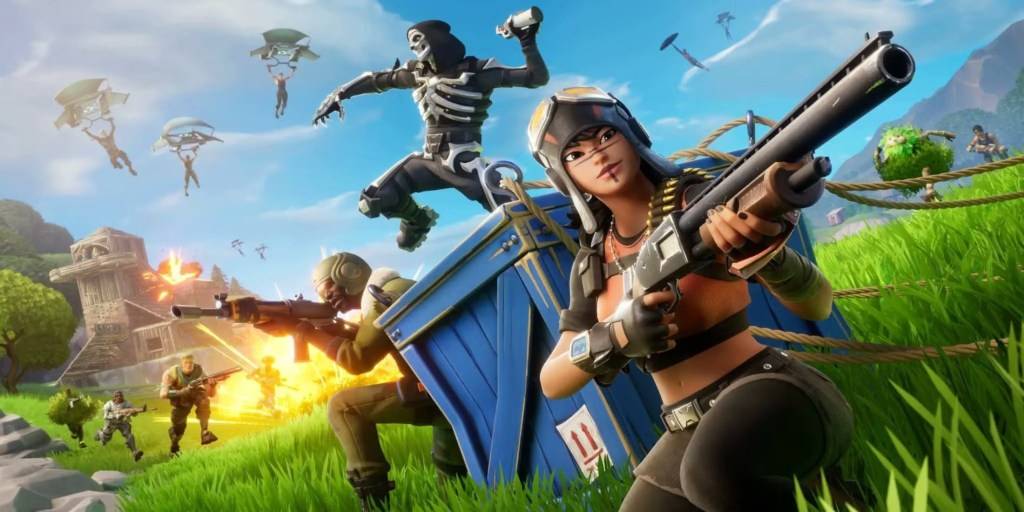 The original map, known fondly as the OG map, holds a special place in *Fortnite*'s history. Its charm lies in nostalgia and the beloved Points of Interest (POIs) that players adored. The early seasons of Chapter 1 featured a simple yet engaging map with iconic locations like Titled Towers and Retail Row. However, the real highlights were the live events, which included thrilling moments like the rocket launch, Kevin the Cube, a floating ice island, volcanoes, and the epic end-of-season showdown between the Mecha Team Leader and a monster. The infamous BRUTE mech caused chaos, and the black hole event marked a dramatic end to Chapter 1.
The original map, known fondly as the OG map, holds a special place in *Fortnite*'s history. Its charm lies in nostalgia and the beloved Points of Interest (POIs) that players adored. The early seasons of Chapter 1 featured a simple yet engaging map with iconic locations like Titled Towers and Retail Row. However, the real highlights were the live events, which included thrilling moments like the rocket launch, Kevin the Cube, a floating ice island, volcanoes, and the epic end-of-season showdown between the Mecha Team Leader and a monster. The infamous BRUTE mech caused chaos, and the black hole event marked a dramatic end to Chapter 1.
Taking Over the eSports World
*Fortnite* concluded Chapter 1 with a bang, hosting the $30 million World Cup, drawing competitors from across the globe to compete for the title of the best player. Bugha emerged as the champion, cementing his status as one of *Fortnite*'s top players. Following this success, Epic Games launched seasonal championships in various regions, providing opportunities for players to showcase their skills and pursue professional eSports careers. Today, major regions like NA East, NA West, Brazil, Oceania, Europe, and Asia host numerous tournaments, including FNCS and cash cups, culminating in the prestigious Global Championship held in different cities worldwide each season.
A New Chapter
Chapter 2 brought a fresh map and introduced new mechanics like swimming, boats, and fishing, along with an array of new weapons and skins, expanding the *Fortnite* universe further.
Carrying the Momentum
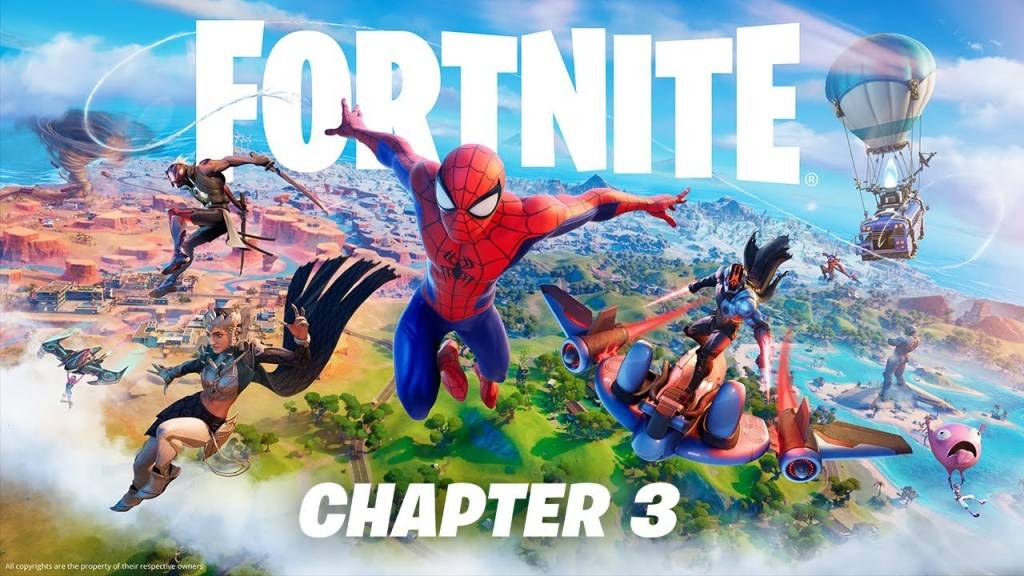 Chapter 3, launched in 2022, introduced mechanics such as sliding and sprinting, while the Creative mode empowered players to design and share their custom games and maps. In March 2023, creators could monetize their maps, opening new revenue streams. To address the steep learning curve associated with building, Epic Games introduced Zero Build mode, offering a no-building option for new and returning players.
Chapter 3, launched in 2022, introduced mechanics such as sliding and sprinting, while the Creative mode empowered players to design and share their custom games and maps. In March 2023, creators could monetize their maps, opening new revenue streams. To address the steep learning curve associated with building, Epic Games introduced Zero Build mode, offering a no-building option for new and returning players.
Transitioning To Unreal Engine
In 2023, Chapter 4 was released using Unreal Engine, enhancing the game's visuals and performance. The adoption of Unreal Engine brought richer graphics, improved physics, smoother animations, and a more immersive gaming experience. Chapter 5, launched in 2024, leveraged Unreal Engine to introduce new modes like *Rocket Racing*, *LEGO Fortnite*, and *Fortnite Festival*. The long-awaited first-person mode was also added, revolutionizing gameplay and movement mechanics.
Worldwide Appeal
 Continuous gameplay and story updates have kept *Fortnite* among the most-played games globally. The game's collaborations with major brands and artists, including live events and concerts featuring stars like Travis Scott, Marshmello, Ariana Grande, and Snoop Dogg, have maintained its relevance and transformed it into more than just a game—it's a cultural phenomenon.
Continuous gameplay and story updates have kept *Fortnite* among the most-played games globally. The game's collaborations with major brands and artists, including live events and concerts featuring stars like Travis Scott, Marshmello, Ariana Grande, and Snoop Dogg, have maintained its relevance and transformed it into more than just a game—it's a cultural phenomenon.
And that wraps up the storied history of *Fortnite*.
*Fortnite is available to play on various platforms, including the Meta Quest 2 and 3.*
![Kuroku’s Basket: Showdown Zones Tier List [RELEASE] – Best Zones for Each Position](https://img.15qx.com/uploads/89/173890804367a5a18b666e3.jpg)
